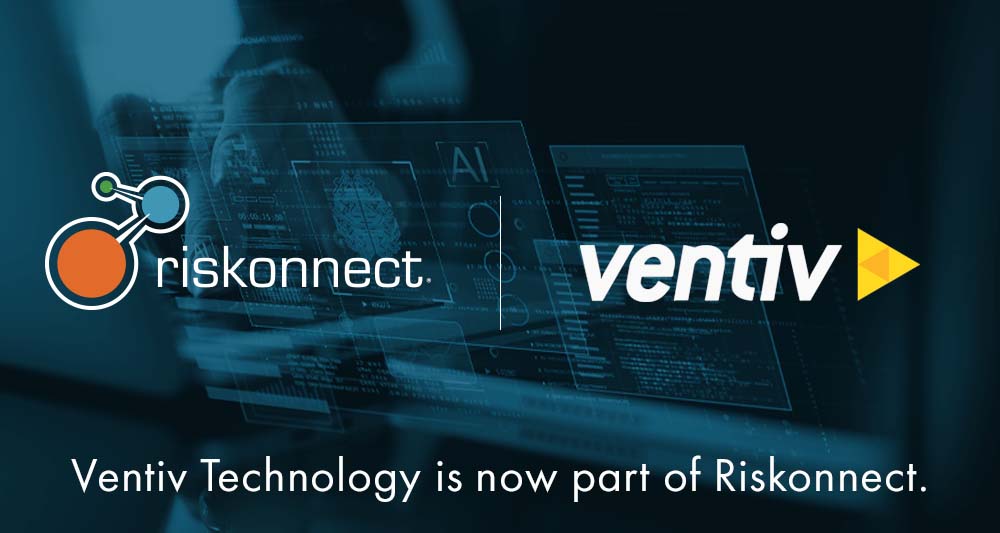Environmental risk and if – or how – it should be reported is a topic of much discussion lately. Investors, customers, employees, regulators, and other stakeholders are demanding greater transparency and accountability from companies. Yet there is no clear standard on how to report sustainability, climate change, energy usage, pollution outputs, water management, and other impacts on the planet.
How at risk are you? And what should you do about it?
New Mandates on the Horizon
Most ESG reporting – including environmental risk – is currently voluntary. However, that does not mean that you should sit back and wait for the world to come to a consensus on what to measure and how to do it.
Indeed, mandatory disclosures of environmental risk is coming ever closer to reality. The EU is leading the way with its proposed Corporate Sustainability Reporting Directive, which mandates that companies follow new EU sustainability reporting standards currently under development. If adopted, companies would likely need to begin reporting accordingly in 2024.
Meantime, Germany has taken a stand with its new corporate due diligence act that requires companies to identify supply-chain risks associated with human-rights violations and environmental destruction and to establish an effective system for managing those risks.
Stateside, the Securities and Exchange Commission is currently formulating a proposal to require public companies to disclose climate change-related risks to investors in regulatory filings like annual reports.
Bottom line is that there is no shortage of regulatory activity related to sustainability. The question isn’t if regulation is coming; it’s when it will arrive. Governments and investors are turning up the pressure on companies to be more transparent – and more accountable for their actions.
Companies that don’t step up and share information about their environmental impact could be jeopardizing their brand, reputation, market position, and access to capital.
Environmental Risk-Reporting Frameworks
While detailed requirements remain to be seen, there is plenty that companies can do right now to add structure and controls to reporting on environmental risk.
Several international independent standards organizations provide some guidance on measuring and reporting on environmental risks.
The Global Reporting Initiative (GRI) is an international standards organization that helps businesses, governments, and others understand and communicate the impact of their activities on climate change, human rights, and corruption.
The Sustainability Accounting Standards Board (SASB) is a nonprofit organization that develops and disseminates sustainability accounting standards to support company reporting.
The Taskforce for Climate-related Financial Disclosures (TCFD) was created to improve the quality, consistency, and transparency around climate-related disclosures to inform investors, lenders, and insurance underwriters.
Most Popular ESG Frameworks
- 33% Global Reporting Initiative (GRI)
- 32% Sustainable Accounting Standards Board (SASB)
- 25% Task Force for Climate-related Financial Disclosures (TCFD)
How to Report on Environmental Risk
No single framework provides a truly comprehensive view, so many organizations choose to take pieces of several frameworks and cobble together their own version. That means you must decide what information to share publicly.
Transparency is key. Stakeholders are not afraid to loudly question the accuracy of any environmental-risk disclosure. Consider these three ways to add transparency:
- Align your disclosures with the values and purpose of your organization. Don’t just report on what’s easiest to calculate. This is your opportunity to demonstrate your commitment to sustainability and improvement.
- Be consistent in what you report. Using the same methodology year after year adds consistency and credibility to the information you’re reporting. It also provides assurance that you aren’t cherry-picking whatever metrics look best at that time.
- Watch what your peers report on. Providing similar metrics to your peers helps stakeholders compare results between companies and make informed decisions.
Once you have decided what information to report, the trick is to find out if that information already exists in your organization and pull it together from wherever it resides. Knowing what data exists, where it’s located, and who owns it can be one of the most difficult parts of reporting on environmental risk.
If data is collected in a variety of disconnected spreadsheets or point solutions, locating, consolidating, and building reports will be a significant challenge.
Companies that use integrated risk management technology to collect all risk-related information in one place, on the other hand, have a notable advantage. Existing data is easy to find and ready to go. It’s also easier to standardize policies, procedures, controls, and governance – which helps provide transparency to stakeholders.
For environmental risk to be effectively addressed, risk data cannot be held in silos scattered across the organization. It has to be easily accessible, consistent, and credible. The demand for transparency around environmental risk metrics is building – so put in the processes and technology to deliver the story you want stakeholders to hear.
For more on environmental risk reporting, download our e-book, Taking a Stand on ESG, and learn more about Riskonnect’s integrated risk management solutions.





